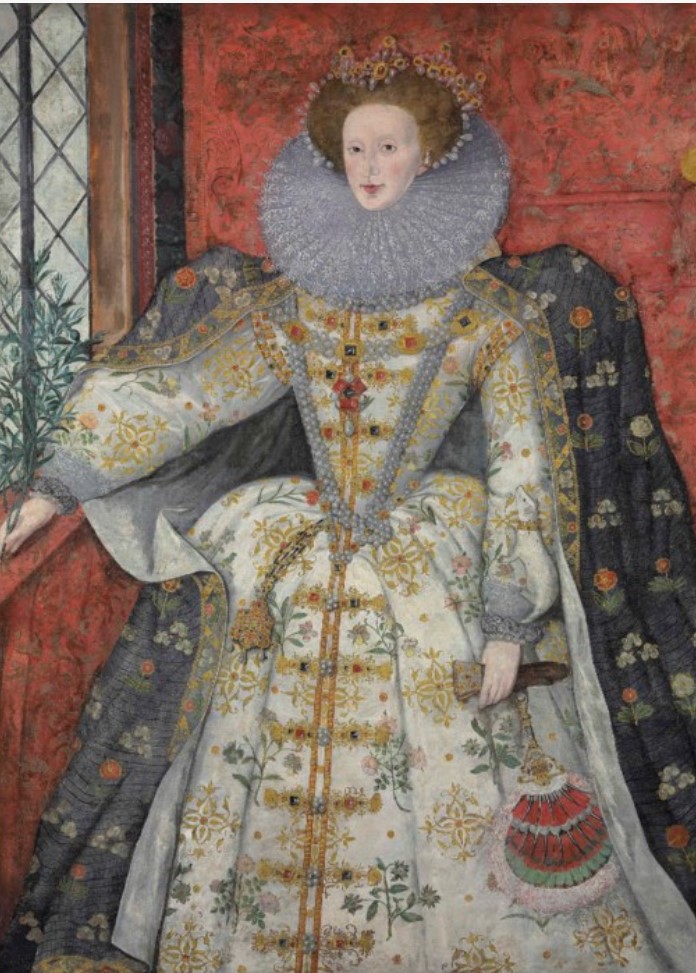Church Under Elizabeth I
The Reign of Elizabeth I
In 1558, Elizabeth I ascended the English throne, inheriting a kingdom fractured by religious turmoil. Her Catholic half-sister, Mary I, had just unleashed a bloody persecution of Protestants, leaving the nation wounded and divided. Elizabeth faced the challenge head-on, embarking on a reign that would usher in an era of relative religious stability and national prosperity. Unlike her predecessors, Elizabeth refused to be defined by a single religious doctrine. She understood the dangers of religious polarization and the need for compromise, i.e., establishing the Church of England as a distinct entity separate from both Catholicism and radical Protestantism.
She moved swiftly, directing Parliament to pass two Acts in 1559 that confirmed her authority (Act of Supremacy) and established a standardized liturgy and doctrines with elements from both Catholic and Protestant traditions (Act of Uniformity). Her approach, reflected in the 1559 revision of the Common Book of Prayer – sometimes referred to as the Elizabethan Settlement appeased moderate Catholics who could still find familiar elements in the new church, while offering enough Protestant leanings to satisfy most of the population. Her reign established the Church of England as a central pillar of English national identity and paved the way for a period of relative stability and prosperity. The Church of England, shaped by Elizabeth’s vision, would become a cornerstone of English life for centuries to come.

